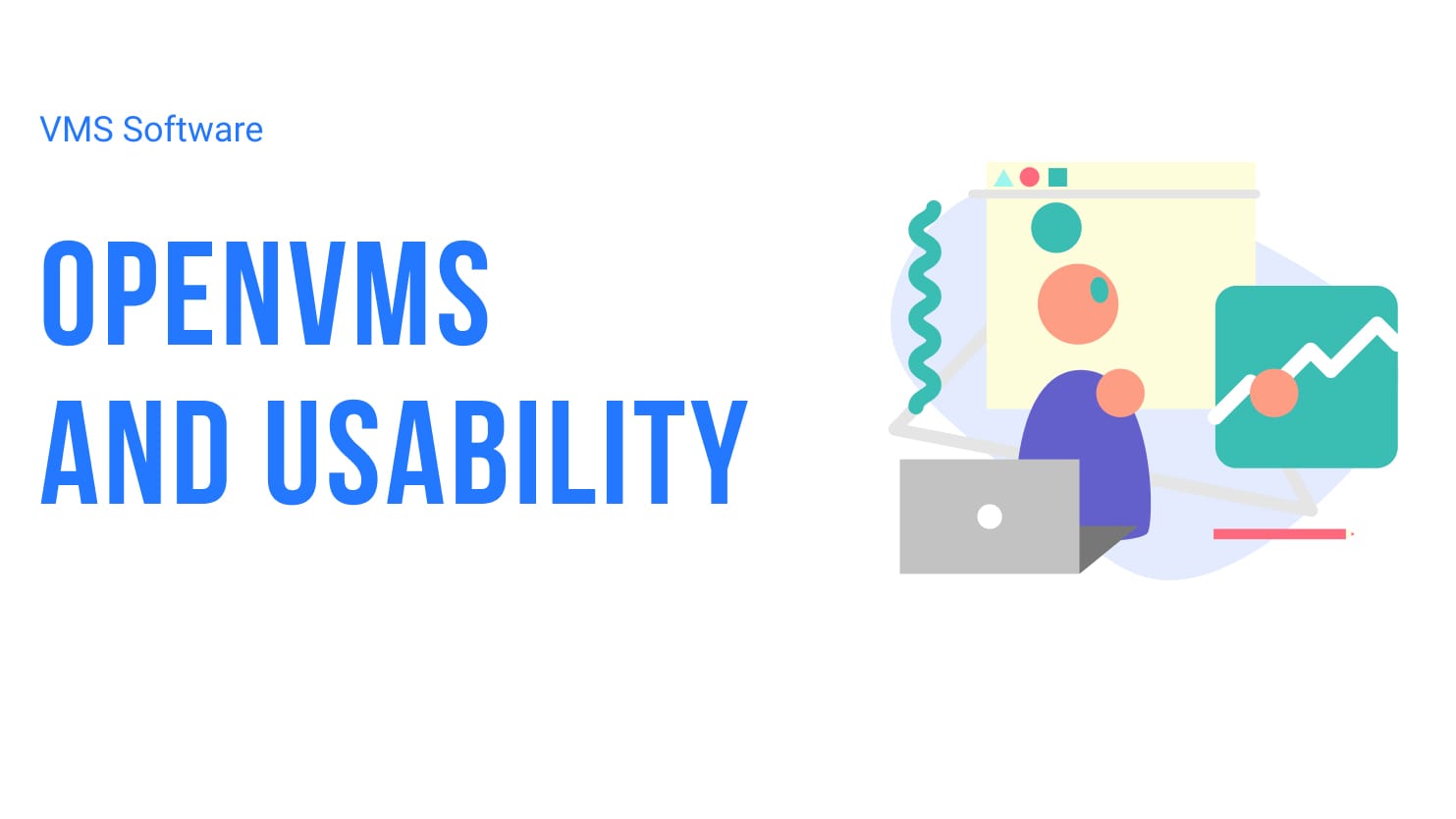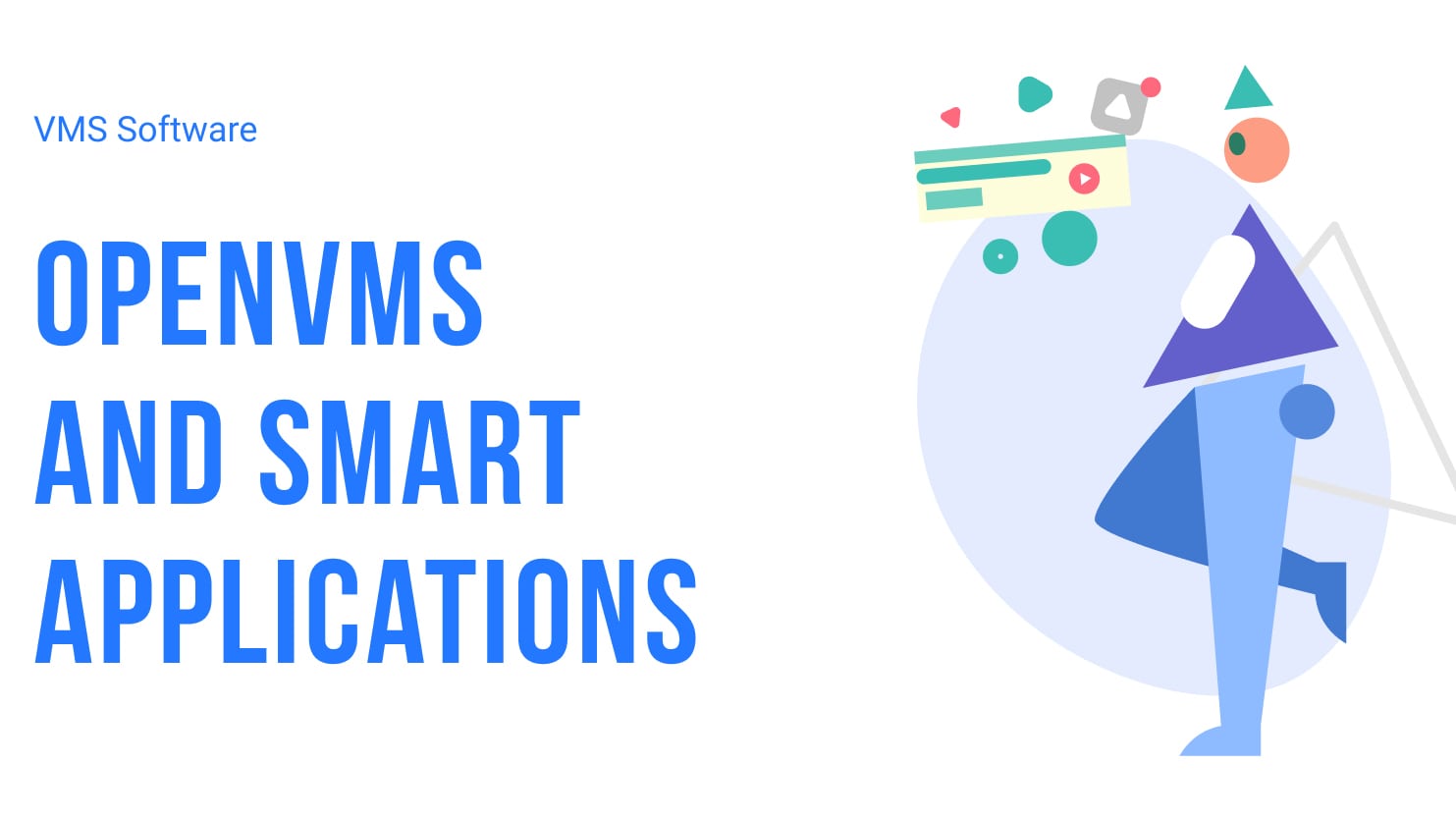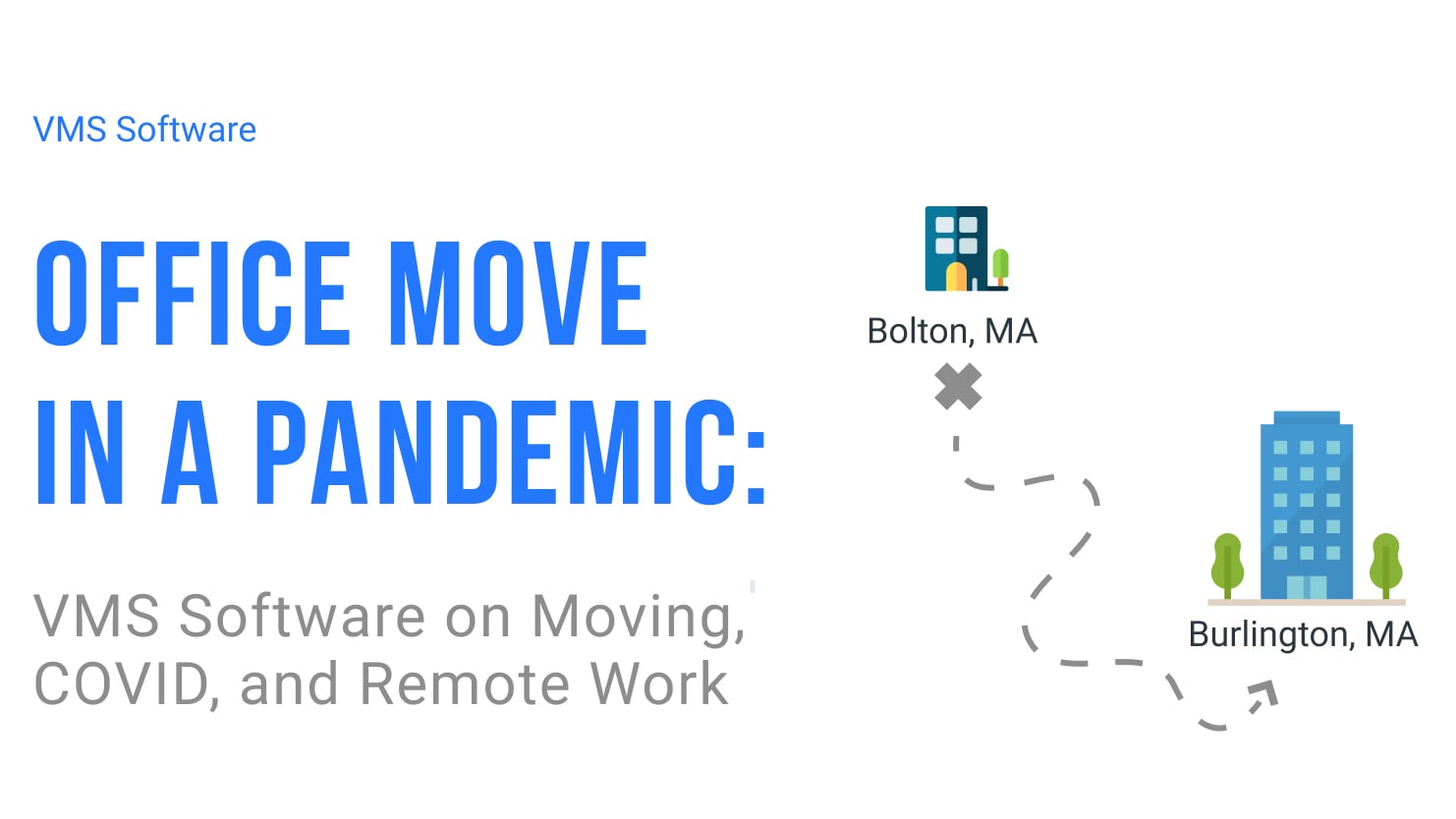OpenVMS and Usability

Usability is probably the most difficult concept to define when talking about virtualisation and particularly OpenVMS and virtualisation.
Back in the day, a user’s interaction with the application was via green screen. According to Wikipedia, “Green screen was the common name for a monochrome monitor using a green "P1" phosphor screen”. This type of screen was very popular in the early days of mainframes and PCs until MacOS and Microsoft Windows came along.
Today a deeper understanding of users’ requirements and business context can help close process gaps that existed in legacy systems, delivering an end-to-end solution that drives substantial productivity gains. This level of understanding may also result in the incorporation of new capabilities that were not available with legacy systems (for example, a mobile, conversational UI), or the removal of unused features. Both help deliver a more focused and engaging user experience.
Many OpenVMS systems were designed with a green screen UI in mind (even though they might have been upgraded to a graphical UI since), and hence they fall into the legacy system description given above. Cloud-enabled virtualisation now gives us the opportunity to “modernise” our applications and introduce functionality that improves the usability of the system.
A simple example would be a Point of Sale system, originally designed to take in a product number(s) and produce some kind of documentation, normally an invoice. Most of these systems where then upgraded to use bar code readers attached to the till/station (in itself an example of improving usability). This enhancement speeded up the transaction, which hopefully then translated into improved customer satisfaction.
Today supermarkets are installing self-scan add-ons to their PoS systems, allowing the customer to scan their own products, using either their smartphone or a designated device. The result is a speedier shop, and again, improved customer satisfaction.
Making the repetitious assumption that most supermarkets have internet access then the speediest and most cost effective way to implement such a system would be via the Cloud. The Cloud could provide access to the product database via a DBaaS, and the application itself could be built using a variety of app services, available from a number of Application Service Providers. The output from this system (normally the invoice/receipt) can then be recorded in the original legacy system, which may or may not be virtualised; it does not matter in this context.
In this example we have kept the backend legacy system intact but changed the front-end out of all recognition, so that it now gives a smooth and speedy interface to the customer, giving (you guessed it) improved customer satisfaction.
If recent IT developments have taught us anything it is that innovation will continue at a pace and the quest to improve the usability of systems will be at the centre of that innovation; virtualised environments in the Cloud give us the tools to deliver those changes and to keep improving our software.
Next in the series is “Cost” (promises to be a doozy)
Director of Strategy for VMS Software, Inc.

